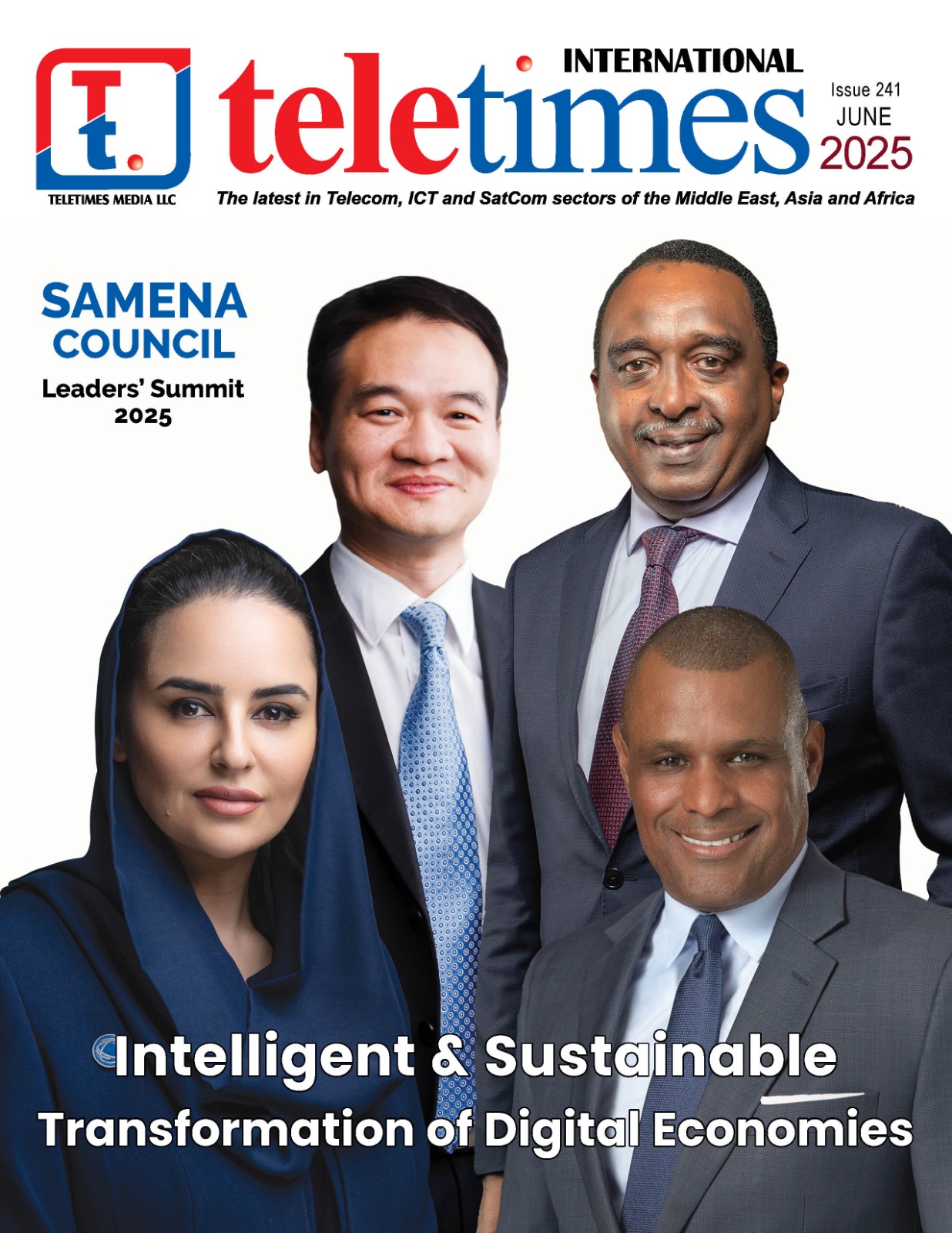 Probably the most critical non-tangible resources responsible for smooth operations of global Internet infrastructure are Internet Protocol addresses and Internet Domain Names. Playing around the Internet and Application layers of Internet Protocol Suite (OSI Model), these two resources continue to translate each other while Internet reachable to users. Likewise IP addresses, which are represented by Decimal (IPv4) and Hexadecimal (IPv6) notations, Internet Domain Names are represented by ASCII characters and Non-ASCII (IDNs) characters. At the root level of Internet Domain Names space, Top-level domains are categorized as gTLD (generic Top Level Domain) i.e. .com, .net, .org, .edu, .biz etc. and ccTLDs (country code Top Level Domain) i.e. .uk, .pk, .in, .ae, .eg etc. Presently, there are 22 generic Top-level domains, as well as about 250 country-level domain names.
Probably the most critical non-tangible resources responsible for smooth operations of global Internet infrastructure are Internet Protocol addresses and Internet Domain Names. Playing around the Internet and Application layers of Internet Protocol Suite (OSI Model), these two resources continue to translate each other while Internet reachable to users. Likewise IP addresses, which are represented by Decimal (IPv4) and Hexadecimal (IPv6) notations, Internet Domain Names are represented by ASCII characters and Non-ASCII (IDNs) characters. At the root level of Internet Domain Names space, Top-level domains are categorized as gTLD (generic Top Level Domain) i.e. .com, .net, .org, .edu, .biz etc. and ccTLDs (country code Top Level Domain) i.e. .uk, .pk, .in, .ae, .eg etc. Presently, there are 22 generic Top-level domains, as well as about 250 country-level domain names.
IDNs (Internationalized Domain Names) are considered as powerful tools for broadening the Internet’s capacity and accessibility; empowering non-English speakers across the globe to type-in Internet domain name addresses in their own language. ICANN (Internet Corporation for Assigned Names and Numbers (ICANN) launched IDNs program in November, 2009. The fast track program presently is serving for ccTLD space and so far IDN strings from 21 economies including India, Pakistan, Egypt, India, Jordan, Pakistan, Singapore, Syria, Saudi Arabia and United Arab Emirates have been approved.
The proposal to open up the Internet domain name space by inviting unlimited number of potential new gTLDs was being deliberated since 2005 while ICANN conducted 45 public comment periods on the proposal to address related concerns such as trademark issues, fee structure, applicant eligibility and evaluation criteria. The program was formally approved by ICANN’s Board of Directors in June 2011 with an aim to enhance competition and consumer choice including both new ASCII and internationalized domain name (IDN) top-level domains. Applied-for gTLD strings in ASCII must be composed of three or more visually distinct characters. Two-character ASCII strings are not permitted, to avoid conflicting with current and future country-codes based on the ISO 3166-1 standard.
The first round of the program has been launched by ICANN on January 12, 2012 and will end by 12 April 2012. During this time, ICANN is accepting applications on new top-level domains. Apart from generic domain names, the process for the first time has allowed inclusion of geographical TLDs for cities and regions as top-level domains for cultural and linguistic communities. As of February 13, 2012 the number of successful registrants in the TLD application system stands at 100. March 29, 2012 is the announced last day to register for access to the TLD application system. ICANN will start evaluation of the application in mid-April and is likely to delegate the successful top level domains in the first half of 2013.
According to ICANN, the new gTLD program will promote:
Entrepreneurship – Create your own business model and establish accessibility policies for your TLD. If your customers want tighter security, make your TLD a high-security zone.
Increased control – You set the rules and the price for those registering your TLD.
Ongoing revenue stream – Your customers could renew their domain names year after year.
Innovative marketing opportunity – Build better brand definition, brand awareness, brand loyalty and trust by having full control over your own TLD.
Innovative business models – When new gTLDs combine with other emerging Internet technologies, such as IPv6, RFID chips, and cloud computing, new products and services are possible.
Engage your community – Create a rallying point for supporters of your cause, community or culture to unite with a community-based TLD. Bring together your geographic area. Celebrate your local citizens, commerce, activities, and culture with a geographic TLD.
The registration fee for the potential application is USD 5000 whereas the evaluation fee for applied top level domain name is USD 185,000. In order to assist eligible applicants from developing economies, ICANN has also announced an ‘Applicant Support Program’ designed to assist potential new gTLD applicants seeking both financial and non-financial support. According to this assistance, ICANN offers a limited number of qualifying applicants the opportunity to pay a reduced evaluation fee of USD 47,000 instead of normal fee of USD 185,000. In order to qualify for the fee reduction, applicants must demonstrate financial need, provide a public interest benefit, and possess the necessary management and financial capabilities. Internet analyst are of the view that it is a price that global giants might be willing to pay to maximize their presence over the Internet.
Interestingly, few big corporate have already disclosed their plans to apply for their own top level domain, Japanese electronics manufacturer Canon is one of them. Some other companies anticipated to participate and acquire their own Internet domain name include Coke, Sony, Apple and Hitachi. Community based domain names such as .africa, .london, .madrid, .sydney, .moscow, .paris are among the anticipated applicants. Generic names such as .bank, .sports, .hotel, .shop, .music could also well make it to the list of applied domain names. These new names may also ease the pressure on ‘.com’ TLD; researches reveal that almost 70{e1f18614b95d3cd6e4b3128e1cd15d99b042a60a5a19c19b7a8e07e7495efa10} of the website available over the Internet fall under .com domain space.
The world is to see the largest “Internet domain revolution” since the dawn of the commercial Web almost two decades ago. The growth will also come as the Internet moves ahead to shift to next-generation IPv6 addressing system, which opens an opportunity to attach almost unlimited devices to the Internet. 2012 surely arrives as an historic year for global Internet domain name space which is getting ready to go spacious.
June 4, 2025











